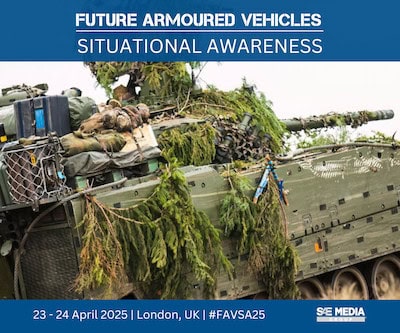The British Army battalion is a fundamental unit of organization, typically numbering between 500 and 1,000 personnel. Its structure is designed to provide flexibility and cohesion, ensuring units can perform a variety of roles on the modern battlefield. The exact composition and size of a battalion can vary depending on its type (e.g., infantry, armored, artillery), but the general framework is consistent across the service.
Command and Headquarters
At the core of every battalion is the Battalion Headquarters (BHQ), which is responsible for command, control, and administration. The BHQ includes:
- Commanding Officer (CO): A Lieutenant Colonel, responsible for overall command.
- Second-in-Command (2IC): A Major who assists the CO and oversees battalion operations in their absence.
- Adjutant: A Captain responsible for administrative and personnel matters.
- Regimental Sergeant Major (RSM): The senior non-commissioned officer (NCO), providing discipline and morale leadership.
The BHQ is supported by staff officers and specialists, including intelligence, logistics, and communications personnel.
Subordinate Companies
A battalion is typically divided into four to six companies, each commanded by a Major or Captain. These companies are grouped based on function and role:
Rifle Companies (Combat Companies)
- Composition: Three or four platoons, each led by a Lieutenant or Second Lieutenant and supported by a platoon sergeant.
- Role: The primary combat units of the battalion, tasked with close combat operations.
Support Company
- Composition: Specialized platoons, such as mortars, machine guns, reconnaissance, anti-tank, and snipers.
- Role: To provide fire support, reconnaissance, and specialized capabilities to enhance the combat effectiveness of the rifle companies.
Headquarters Company
- Composition: Administrative, logistics, and support elements, including signals, medical, and transport sections.
- Role: To sustain and support the operational needs of the battalion.
Platoon and Section Structure
Each rifle company is broken down into platoons, which are the smallest tactical units capable of independent action. A platoon typically consists of:
- Platoon Commander: A Lieutenant or Second Lieutenant.
- Platoon Sergeant: The senior NCO, responsible for discipline and logistics.
- Sections: Three or four sections per platoon, each commanded by a Corporal, supported by a Lance Corporal, and comprising 7-10 soldiers.
Sections form the tactical core of the platoon, often equipped with a mix of rifles, light machine guns, and other weaponry.
Variations by Battalion Type
The British Army tailors battalion structures to match operational requirements:
- Armored and Mechanized Infantry Battalions:
- Equipped with platforms like the Warrior Infantry Fighting Vehicle or Boxer Mechanized Infantry Vehicle.
- Includes additional vehicle crews and maintenance personnel.
- Light Infantry Battalions:
- Designed for rapid deployment and operating in austere environments.
- Focus on mobility without heavy vehicles.
- Specialist Battalions:
- For example, Royal Artillery, Royal Engineers, or Royal Signals battalions have unique organizational structures reflecting their specialized roles (e.g., artillery batteries instead of companies).
Evolution and Adaptation
Under the Future Soldier modernization program, the British Army is undergoing significant restructuring. Battalions are being reorganized to integrate advanced technology, increase multi-domain capabilities, and align with new brigade combat team models. These changes aim to enhance readiness, flexibility, and interoperability with NATO allies.
The core principles of the battalion structure—command flexibility, combat effectiveness, and logistical self-sufficiency—remain foundational, ensuring that the British Army battalion continues to operate as a versatile and effective fighting force.




















